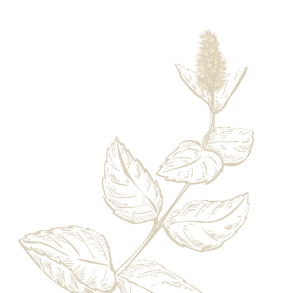Our Therapies
We offer a wide range of complementary therapies. All our therapists are members of professional bodies, are fully trained, insured and have, in many cases, years of experience. We accept referrals from other health care professionals and from the NHS and will work with you and your health care team. If you suffer from a lingering health problem or simply want to maintain and monitor your health, we can help.
-
Learn more

Herbal Medicine
A natural approach to healing that utilises active ingredients extracted from plants. Often used alongside conventional medicine, herbal medicine can be a safe and effective way to support your health and well-being.
-
Learn more

Naturopathy
Naturopathy is a holistic approach to healthcare that emphasizes the body's natural ability to heal itself. Naturopathic practitioners aim to identify and address the root cause of illness and disease, rather than just treating symptoms
-
Learn more

CLAID Clinic
CLAID stands for Covid, Lyme And Infectious Diseases. The Napiers CLAID Clinic is a co-operative group of herbalists specialising in the long-term effects of bacterial, viral and fungal infections.
-
Learn more

Menopause Clinic
The Napiers Menopause Clinic is dedicated to supporting women who are going through the menopause, with individualised treatment plans devised by experienced and empathetic qualified herbalists.
-
Learn more

Western Medical Acupuncture
Western Medical Acupuncture is an adaptation of Traditional Chinese acupuncture (used within Traditional Chinese Medicine) using current knowledge of anatomy, physiology and pathology.
-
Learn more

Acupuncture
This ancient form of Chinese medicine involves the insertion of fine needles into specific points on the body to stimulate the body's natural healing abilities. From chronic pain to digestive issues, and stress.
-
Learn more

Aromatherapy
Every aromatherapy oil has its own unique therapeutic properties. An aromatherapist will work with you to improve overall health and well-being and relaxation, through a variety of essential oils blended based on your goals.
-
Learn more

Clinical Massage
Clinical massage therapy utilises advanced techniques and modalities to help with everything from reducing chronic musculoskeletal pain from head to toe to aiding in the relief of stress, depression & anxiety.
-
Learn more

Counselling
Our counseling services provide a safe and confidential space for you to explore your thoughts, feelings, and behaviors. Our trained counsellers will work with you to identify and address any challenges you may be facing.
-
Learn more

Craniosacral
Craniosacral therapy (CST) is a form of alternative medicine that involves gentle manipulation of the skull and spine, particularly the cranial bones and sacrum, which are connected by the membranes and cerebrospinal fluid surrounding the brain and spinal cord. The therapy is based on the concept that the craniosacral system, comprising the bones, membranes, and cerebrospinal fluid, has a rhythmic pulse or flow that can be felt and manipulated by a trained practitioner.
-
Learn more

Cupping
Cupping is an ancient therapy which uses negative pressure within glass cups to help reduce tension, decrease inflammation and improve blood flow and movement of energy.
-
Learn more

Deep Tissue Massage
Deep Tissue Massage, as its name says, focuses on the deeper layers of muscle tissue. It is designed to reach the deep sections of thick muscles, specifically the individual muscle fibres.









